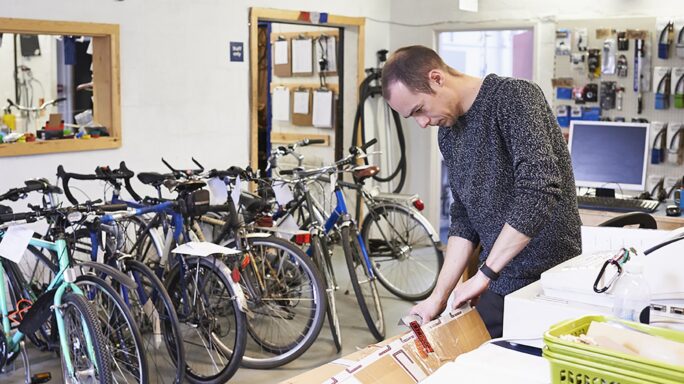People & Leadership
Hiring your first employee

The last year for me has been all about investing in the business. I’ve moved out of the home environment to premises in town so we could become a more ‘grown-up’ business, holding meetings and training in the office and having the space to expand and take people on.
It’s interesting that a number of people reacted negatively to this, shaking their heads and muttering about becoming a slave to overheads. But the options were either to carry on trying to do everything myself…or to take people on who could help get the work out the door more quickly. This would free me up to spend more time with clients and get out there generating new business. And of course boost the economy in my own little way by creating employment!
One thing that stuck with me was the comment from an experienced entrepreneur who works with a lot of small businesses at this crucial stage in their growth: “The hardest thing is going from 0-1.” A bit like becoming a parent I suppose!
But for me that wasn’t technically the case, as I have a number of brilliant freelancers with whom I work on an ad hoc basis, including the marvellous Rhia who works pretty much full-time as a website editor for one of our clients.
So I was already familiar with managing people, but I wanted to move to a position where I had people in the office with me – that bit’s important – who I could train up and who could produce content to the same high standard that clients expect of Sookio.
One thing that struck me early on is that although I’ve been to a lot of interviews – in particular during an 18 month period in my career when I was made redundant twice – I’ve never sat on the other side of the table. There is an art to being a good interviewer, just as much as doing a good interview takes practice.
Unfortunately this fact hit me a little late! So I had to learn on the job and wasn’t as prepared as I would have liked. But I quickly discovered that at the root of it all, all interviewers need to know is:
a) can this person actually do the job?
b) can I bear to sit in the same room as this person all day long?
For B, you can probably work that out quite quickly, but A takes a little more skill.
With people who I thought were strong candidates I set extra tasks after the interview, for example to produce and publish a blog post. This made up for my lack of probing questions on the day.
And as my business thrives or fails on the quality of editorial output, I started vetting people from our original email conversations. Anyone who wrote in a sloppy manner didn’t get very far. One person couldn’t be bothered to write my name with a capital letter – there’s no way I’d let them loose on a client’s Twitter page.
Once the right people were found, it became a process of knowledge transfer. How to pass on all the information about different content management systems, the needs of individual clients and different ways of working on each project? So I’ve had to document a lot of processes and standardise systems. Time consuming, yes, but not wasted time as it means each new employee will get up to speed more quickly than the last.







Ask the author a question or share your advice